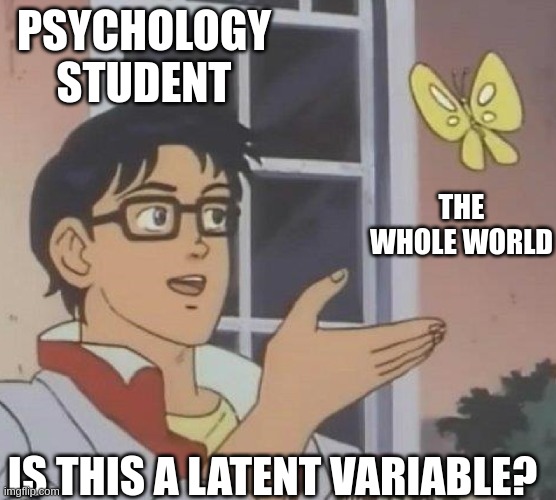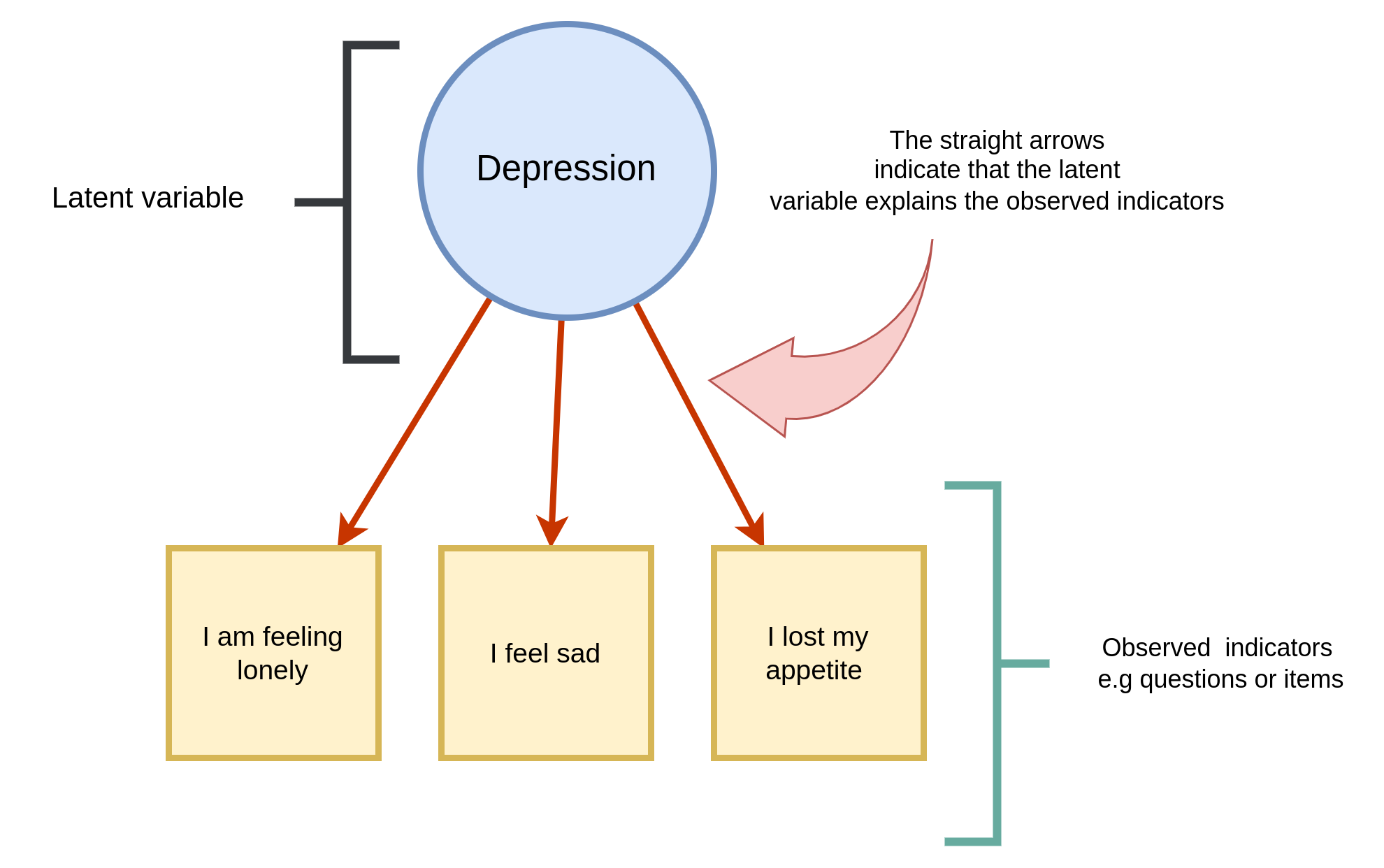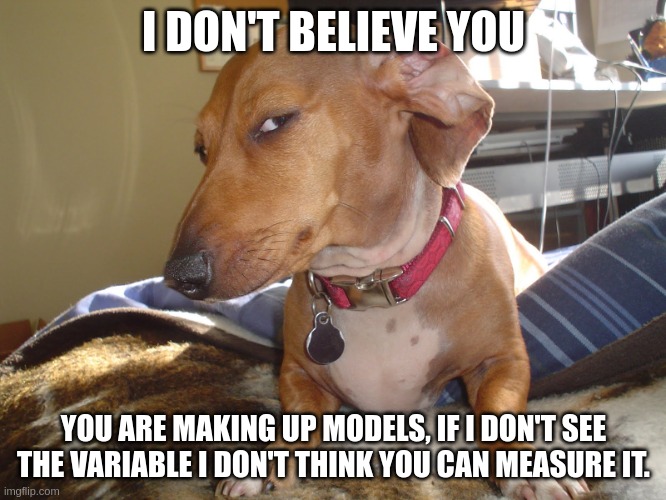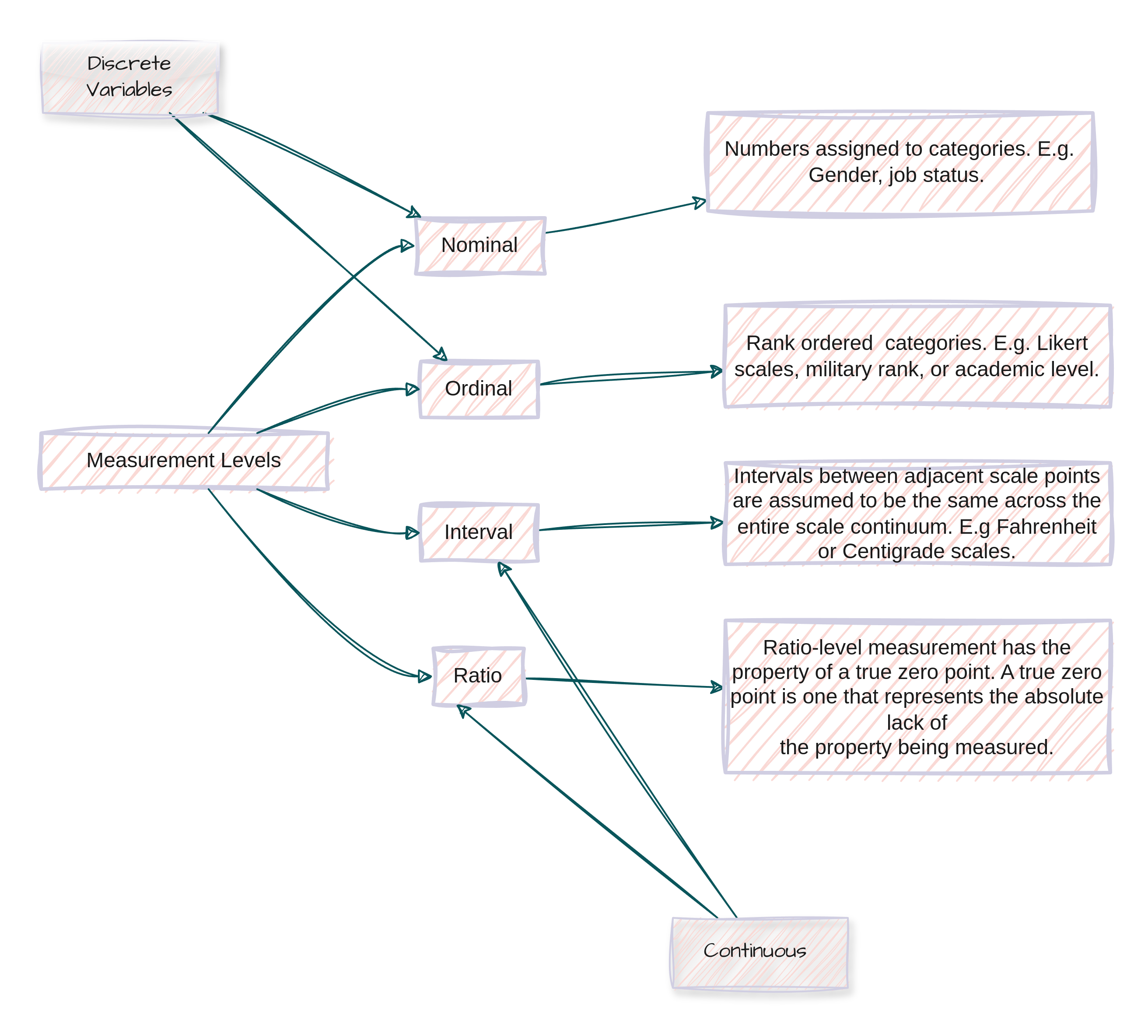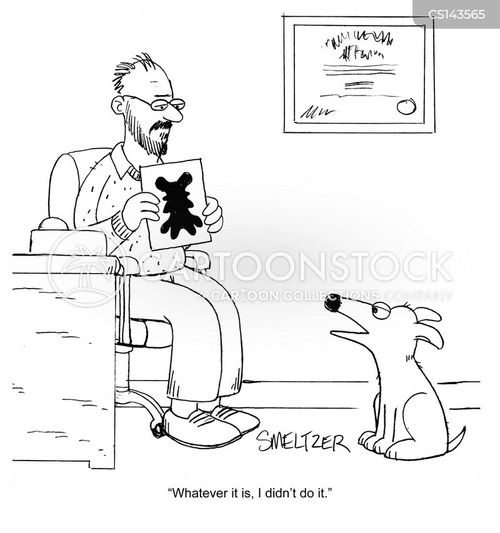Introduction to measurement theory
History and important concepts
Department of Psychology and Child Development
Aims in this lecture
Present relevant historical events.
Describe and explain important concepts.
Enjoy some memes…hopefully funny ones.
What do we measure in psychology?
Probably, your friends have asked you this question: how psychology measure thoughts, emotions, behavior? Perhaps for your friends was easier to understand how we measure behavior, but your friends perhaps struggle to grasp how we measure asbtract variables such as thoughts, attitudes, emotions, and apptitude?
Likely, you still don’t know how are we sure we really measure what we intent to measure. This is the reason you are taking this class.
We will discuss how we measure implicit variables. We will study basics on how we evaluate our measurements. Also, you will learn that this is one of the most important courses in psychology. Everything we do in psychology is supported by measurements and instruments. We are science!
What do we measure in psychology?
In this class you will read the word “construct” many times, you may also read the words “latent variable”.
Constructs or latent variables are frequently studied in psychology. A latent variable is an entity that you cannot see but you are able to measure, and you can feel it in some cases. This means that there is a phenomenological dimension.
But not all variables are latent, we can also study behavior by observing individuals or conduct interviews to collect reports of behavior.
We can also use wearables such as a smartwatch to collect information about behavior, and heart rate wich is not latent.
Some examples of latent variable are: depression, anxiety, academic performance, quality of life, among many others.
What do we measure in psychology?
- A latent variable is a theoretical variable, we assume that a latent variable explains manifest variables. For example, pay attention to the following example:
- In this example I’m assuming depression is what explains my questions or items.
What do we measure in psychology?
- But wait you may be thinking: are we making up models without knowing if we really measure depression or any other latent variable? The answer is NO! We are not making up models or data. We don’t create fake theory. All models have to be tested using data and after collecting data, we can evaluate our models using statistical models.
What do we measure in psychology?
Similar to Bandalos (2018), I’ll define a test as: “…a procedure for obtaining a sample of behavior that can be used to infer a person’s level or status on a construct of interest” (p. 03).
Also I’ll be using the terms measure, instrument, and scale as synonyms of test.
We work with humans, therefore we will be wrong…
If you are thinking: wait! you are telling me that we ask questions to people to approximate a latent variable. What happens when people lie? Cab we trust answers from our participants or clients?
The answer is: it depends! In the clinical setting we can assume our client is honest becasue the person is looking for help. In research, depending on the topic or setting, people will present thereselfs better that they really are.
Certainly, there are difficulties and external variables affecting our tests. Bandalos (2018) mentions situations where the participants have extra skills not measured by our instrument, or emotions such as anxiety could bias the results.
This problem is what is called in psychometrics “errors of measurement”.
As Box said: “All models are wrong, but some are useful”. This means that all measurements will have problems, but some will be closer to the contruct. After making sure that its validity and reliability are appropiate.
Levels of Measurement
- Many times we ask questions answered in words by participants or clients. These words have to be tranformed into numbers like the following case named Likert item:
Levels of Measurement
History time …
Ancient times
- Chinese civil service examinations back to as early as 2200 B.C.E.
- Testing in Ancient Greece.
- Early European Testing:
- University of Bologna, year 1219.
Modern times
Psychophysical measures laboratories and measures were the tendency at the beggining of the 20th century.
The idea was to measure mental functioning by observing variables like weight, head size, how people walk, and reaction to stimuli.
Gustav Theodor Fechner (1860) was the first philosopher and physicist to try to link body responses and implicit events such as the mind.
Modern times
You may read more about eugenics here.
Personality tests
The World War II boost the research on personality. The idea was to sudy traits which are are “relatively enduring dispositions (tendencies to act, think, or feel in a certain manner in any given circumstance) that distinguish one individual from another” (Kaplan & Saccuzzo, 2018, p. 18).
For instance you may have heard about “extroverted” and “introverted” people.
Woodworth Personal Data Sheet, World War I.
Personality tests
Projective tests:
References

